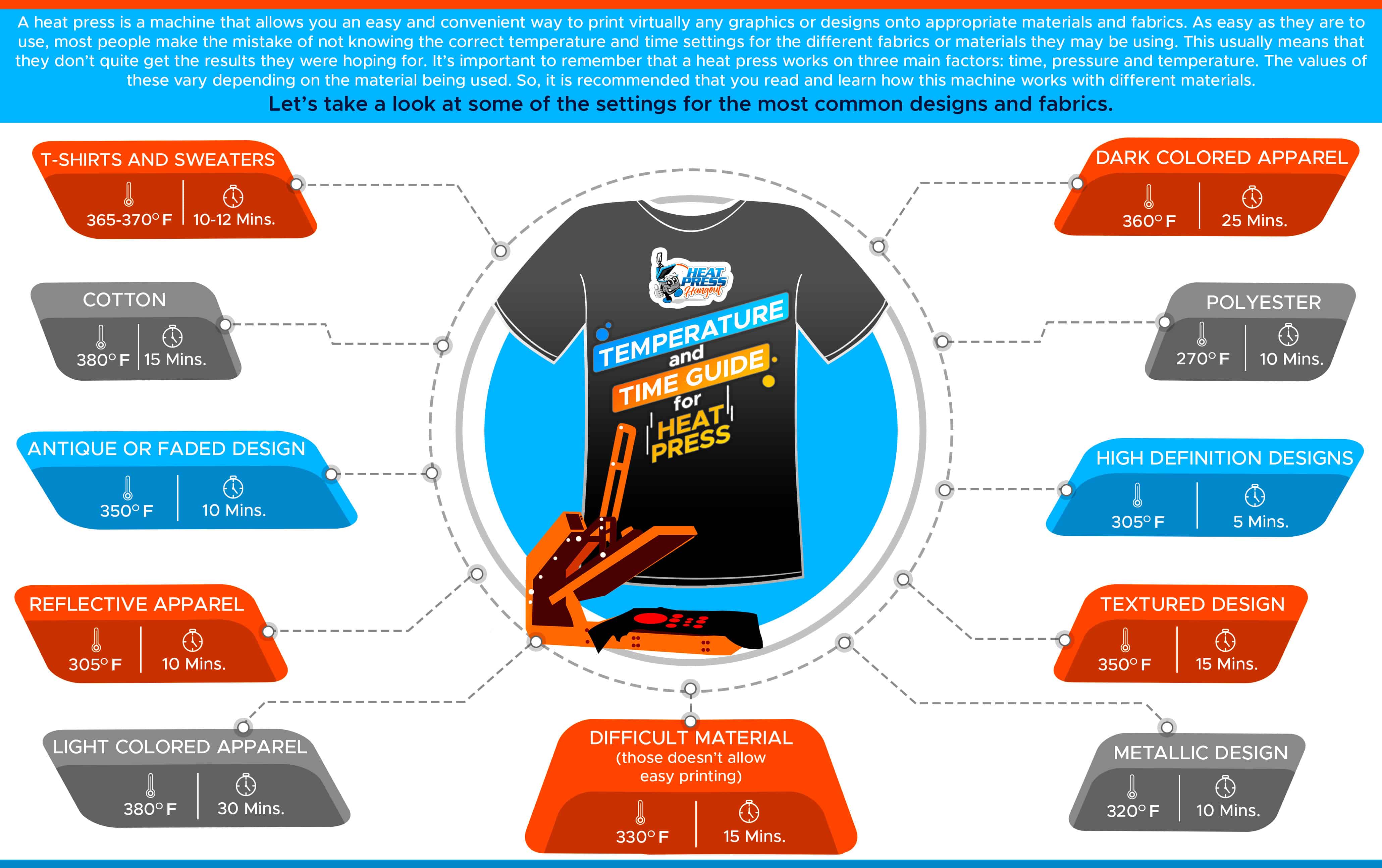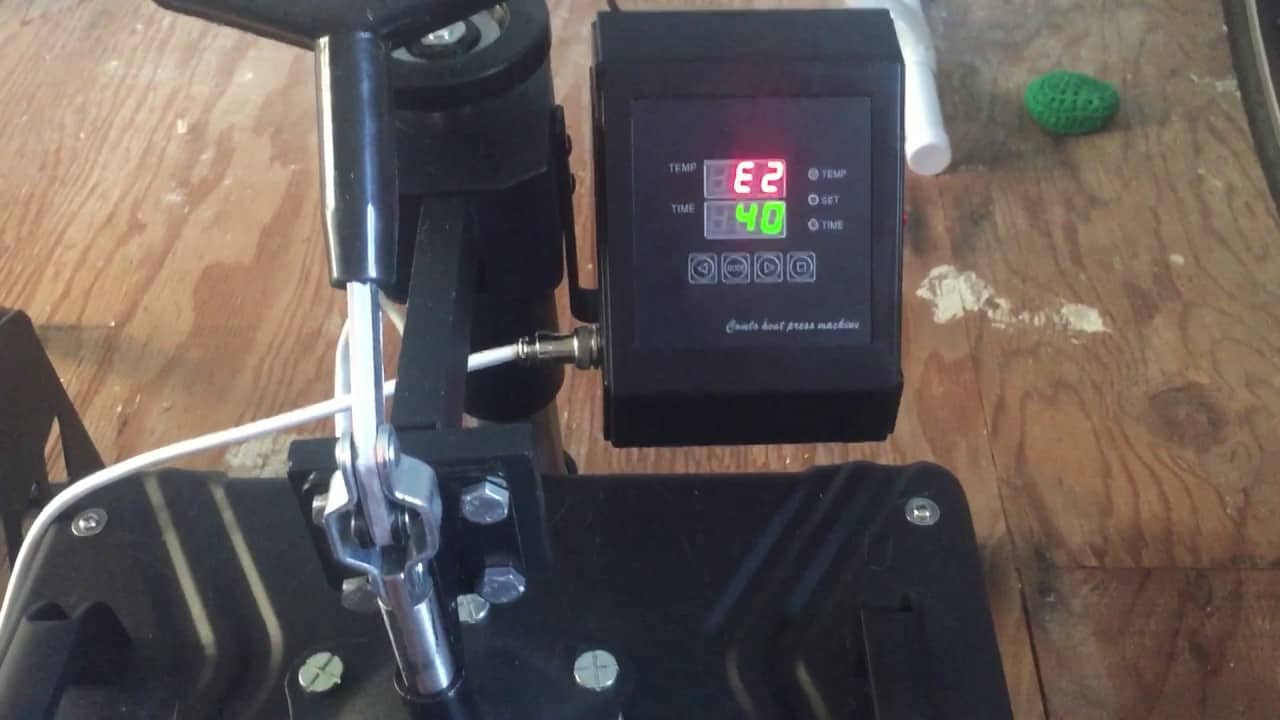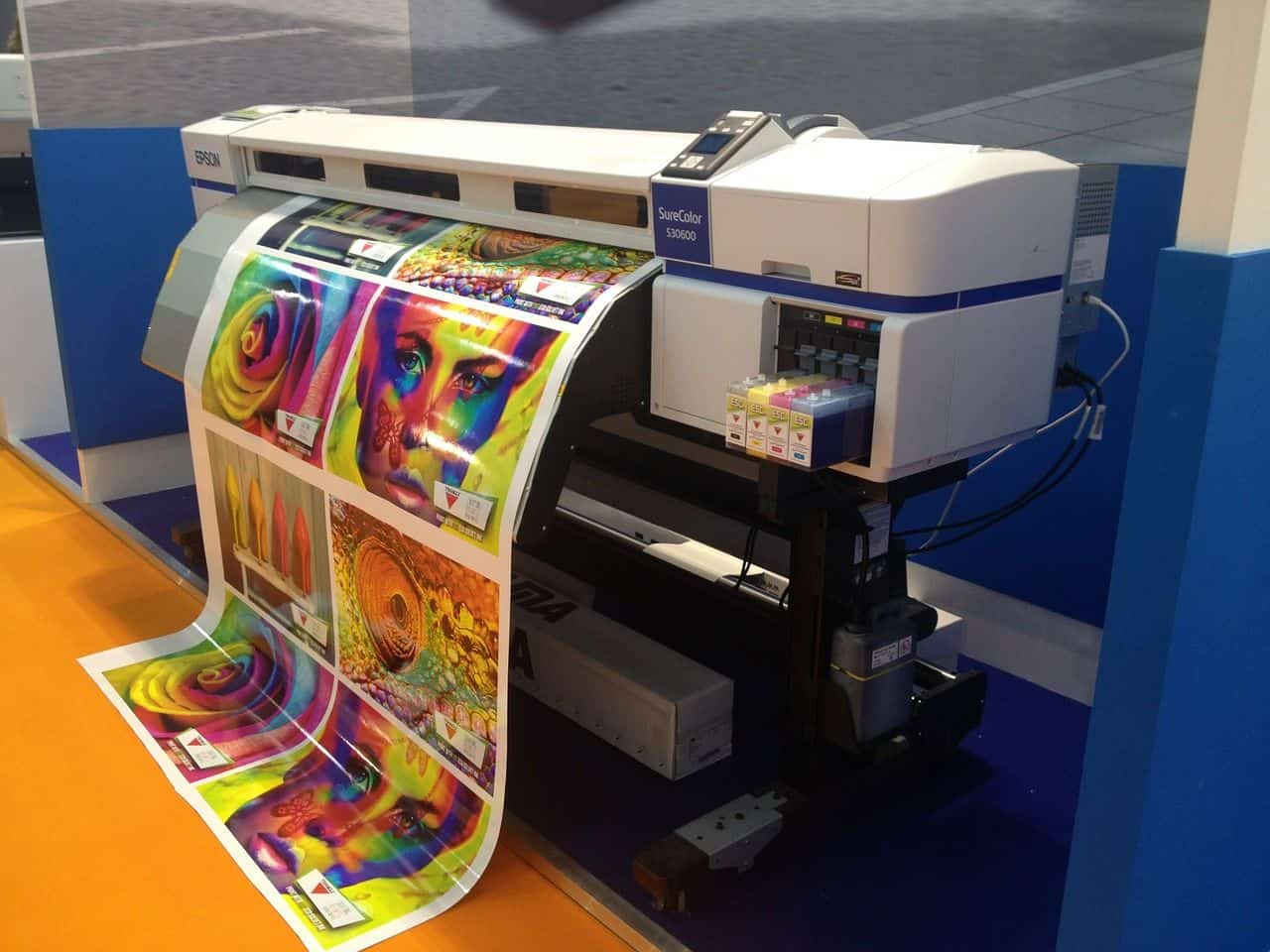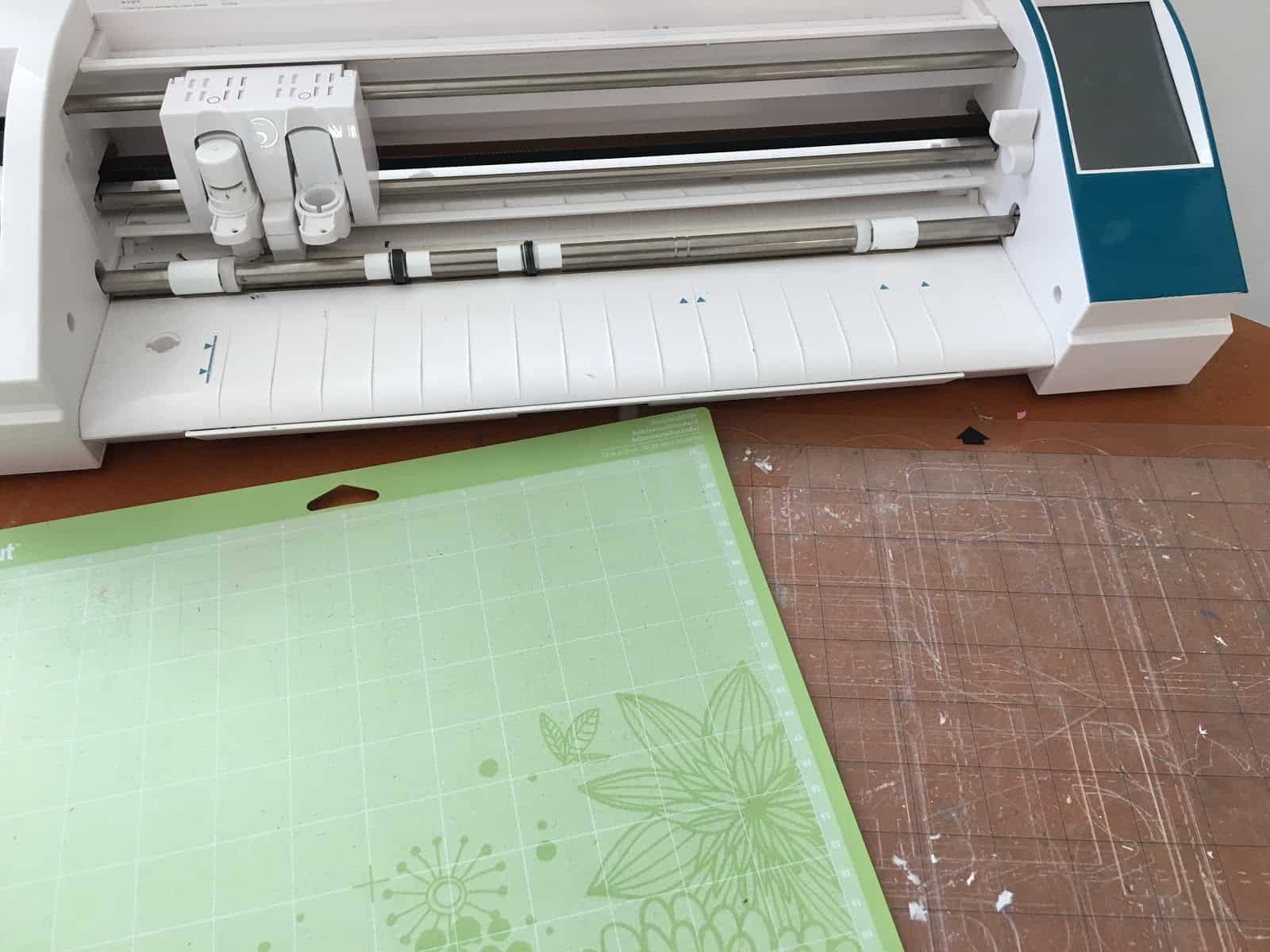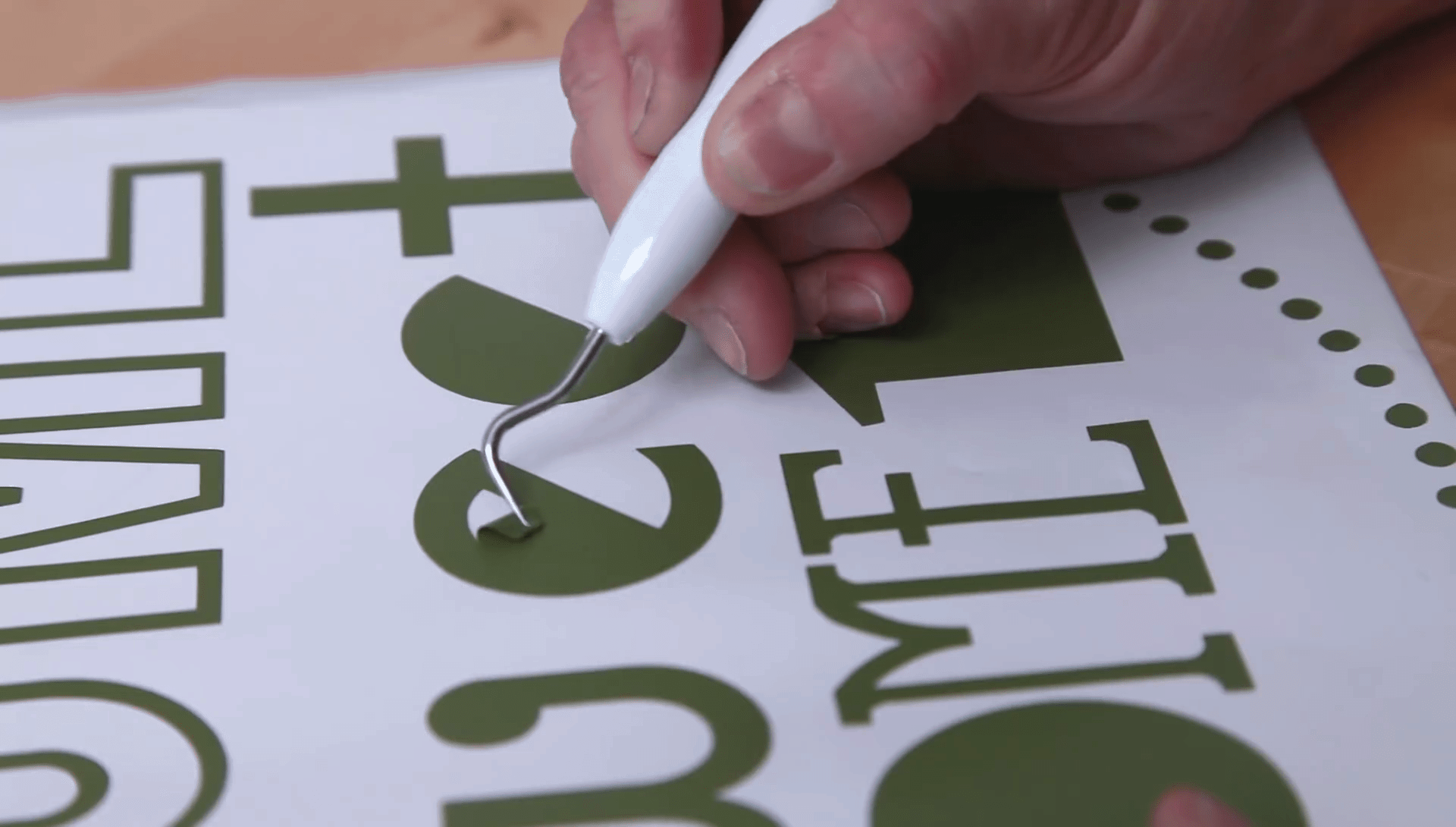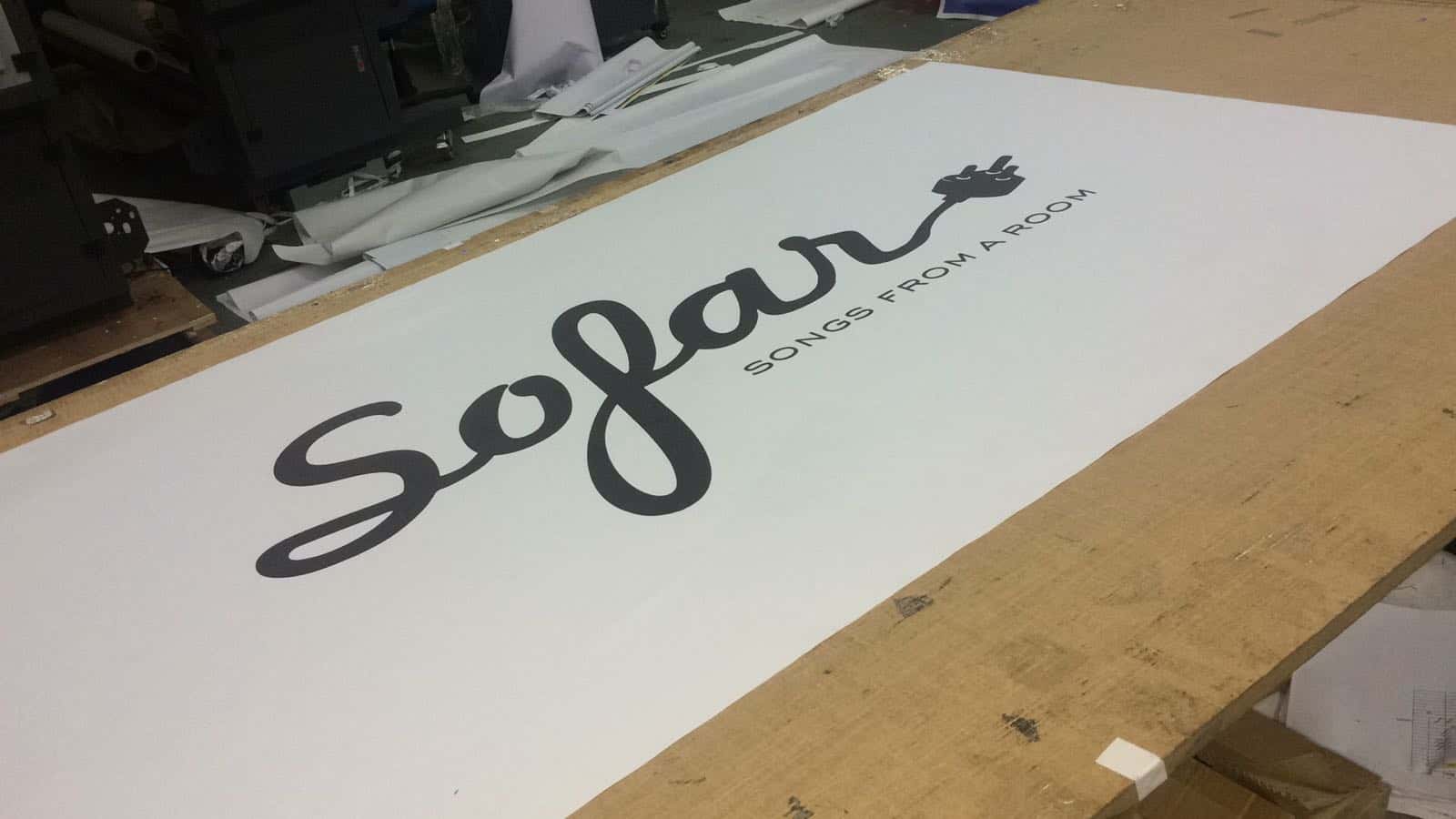Feel free to share our infographic, just remember to link back to our site (we want the credit!!)
A heat press can be used to transfer designs to many different materials, but getting the process right means using the right temperature and allowing the right amount of time for the transfer to properly take. In fact, a heat press can create so many different things that trying to find the right information can prove very difficult.
Most heat presses will come with a guide to help you get started, but sometimes these are missing, they may be mislaid, or you may simply be experimenting with different ideas. This handy time and temperature guide gives you the information you need to press the most popular designs on to the most popular fabrics.
When you first use a heat press, the high temperatures may feel daunting, and you may be tempted not to use quite so much heat or allow less time. If the temperature is too low or you don’t leave the transfer long enough, your design simply won’t stick. Trust the temperatures you are given and you will soon have the confidence to work with other fabrics and materials.
Before you start, make sure the fabric is clean to remove any oil or dirt, and press it to remove any creases. You can also place the fabric on the heat press and just give it 30 seconds to press it for you.
Before you start
If you want to get the best design you can on to your fabric, make sure you have the right transfer paper. Not all transfer paper will work as well with some designs as it will with others and you may need to experiment to find the best paper to use.
If you’re just starting with a heat press, always try a test piece first. This could save you a lot of time and money in the long run. It may also be worth investing in silicon pads. These are placed over the plate to protect it from any accidents, such as fabric melting, or from picking up too much of the dye from the transfer paper. You can also use parchment paper to protect the pads, as this is non-stick and heat resistant.
It is possible to clean the plate, but a silicon pad is a good way to save you the time.
Setting your temperature
Most heat presses make it very easy for you to set the right temperature. Some will have a simple dial that you turn, and a display will show you how hot it is. Others may use a digital display with arrows to adjust the temperature up and down.
With any heat press, you can set the temperature exactly where you want it, but do remember to allow it time to fully heat up before you use it.
If you’re looking for a heat press, you can find our recommended heat presses for beginners here.
Setting the time
The timer is usually set in much the same way as the temperature. This too can be set exactly, and if you get the right sort of heat press, it will turn off or open the lid when the time has elapsed. Others will make a noise to let you know that your transfer is now ready.
Time and temperature guide
If you work with the same fabrics then you will soon get to know how long you need to press for and what temperature you need. If you like to experiment, or are looking to try something different, then here are the figures you need to know.
Cotton and denim
Cotton and denim are very strong and versatile fabrics. They can be used for clothing, tea towels, table cloths and napkins, sheets and pillowcases, phone covers and belts.
- Required temperature: 380° F
- Time: 15 minutes
Multi-Purpose fabrics
These fabrics can be used for home decorating, both inside and outside the house and they are a popular choice for heat press use. They are a good choice for curtains, cushion covers, upholstery, pillows and table and bed skirts.
- Required temperature: 350° F
- Time: 10-12 minutes
Polyester
If you use polyester, you have to be careful in a heat press. This fabric doesn’t take the same high temperatures as cotton and denim, and you would be advised to do a test press first. If you set the temperature too high, the fabric could melt or burn and this will damage the plates on the heat press. When working with this fabric, it’s a good idea to use a silicon sheet just in case of any accidents.
Polyester can be used for most clothing, hats, jackets, bedding and even mouse mats.
- Required temperature: 270° F
- Time: 10 minutes
Stretch fabric
Stretchy fabric can be difficult to work with, and always remember that your graphic will stretch with the fabric, so it’s always worth testing a piece first. You may find that your graphic isn’t clear if the fabric is stretched out a long way. The main use for this is for swimming wear and sports gear.
- Required temperature: 335° F
- Time: 12-24 minutes
High quality graphic
If you’re graphic is intricate or of a high quality, you need to make sure that it is pressed well on to the fabric so that all the detail is transferred. Any graphic can be high quality, but professional logos will need to be and some t-shirt designers prefer to use these too.
- Required temperature: 305° F
- Time: 5 minutes
T-shirts / Sweaters
Need designs to print? Get 5 premium designs for free from Tee.design
Heat presses are great for printing logos and pictures on to t-shirts and sweaters and many people use them to create and sell their own range using original artwork. They are also a good way to create t-shirts for your own use to show off your individuality. To make sure the graphic perfectly shows off your designs, you need the right setting on your heat press.
- Required temperature: 365-370° F
- Time: 10-12 minutes
Full color graphic
Working with vivid colors means getting as much of the transfer on to your fabric as possible, and this needs to be done so that the colors don’t bleed in to each other.
- Required temperature: 350° F
- Time: 10-12 minutes
Vintage / Faded look
Shabby chic and retro looks are very fashionable, and not just for clothes, but on table wear, bedding and children’s clothing.
- Required temperature: 350° F
- Time: 10 minutes
Reflective
Reflective graphics are perfect if you’re looking at creating safety wear for companies, cyclists or bikers. You will need to get the right transfer paper though, or it may not transfer properly.
- Required temperature: 305° F
- Time: 10 minutes
Glow in the Dark transfer
These are great for Halloween costumes and children’s nightwear. Expose the design to light first, then as it gets darker, they will begin to glow. As with reflective designs, make sure you have the right transfer paper before you go to press.
- Required temperature: 350° F
- Time: 10-12 minutes
Glitter / textured designs
Party wear and t-shirts look better with glitter, and you can create glittery and textured designs with your heat press. Texturing will give a more 3D look to the finished item.
- Required temperature: 350° F
- Time: 15 minutes
Metallic look
A metallic look can be used anywhere: T-shirts, sweaters, children’s clothes, logos, sports wear, mouse mats, home wear and table wear.
- Required temperature: 320° F
- Time: 10 minutes
Photo transfers
If you’re using photos for your designs, you need to get every detail right so that they look as good as they should. Photos can be used to make nice personalized gifts, such as mouse mats and t-shirts, and some people like to remember their pets on linen and tea towels as well.
If you’re printing photographs, you have two options: light or dark fabric.
White / Light
If you’re transferring a photograph on to white or lighter colors:
- Required temperature: 380° F
- Time: 30 minutes
Dark
- Required temperature: 360° F
- Time: 25 minutes
Difficult fabrics
Sometimes you simply come across a fabric which is plain stubborn. In this case, it can be difficult to get it right, but with practice and the right settings, you can create the right design.
- Required temperature: 330° F
- Time: 15 minutes
Due to the versatility of a heat press, and the multiple uses it has, you may find that the item you want to print comes in two different categories. For example, you may want to use a glitter design on a t-shirt. In cases like this, try the lower temperature first, as using too much heat can damage the overall design.
If in doubt, practice first. If you want to use fabrics such as silk, wool or other fabrics which do not take heat well, don’t be surprised if your heat press doesn’t work. You can always experiment, but start at a low temperature and be prepared for accidents.
With the right settings, a heat press is a great addition to any home or business, and it’s an easy way to bring your own designs to life.
100% free download: 5 premium T-shirt designs from Tee.design

